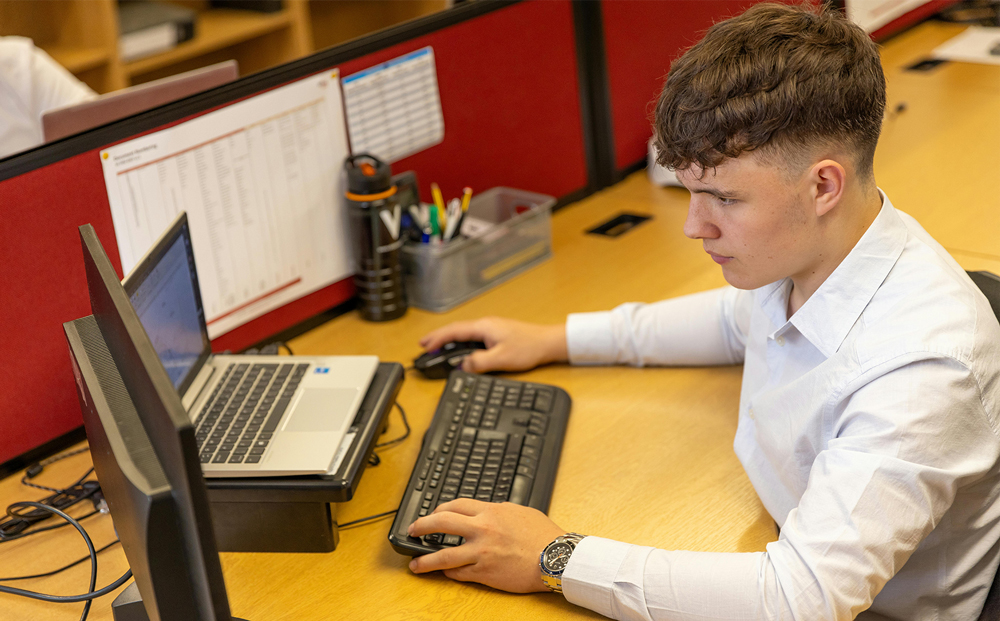Six ways to make the internet safer for women

Women are less likely to protect themselves online because current safety advice does not take full account of their needs – despite women being more at risk from cyber abuse and threats than men. This abuse of women is a growing problem, with one in five reporting they have experienced harm online.
While the UK’s Online Safety Act commits to tackling online violence against women and girls, the solutions are not straightforward. Prevention, training and education for women are all essential.
My research with Magdalene Ng from the University of Westminster has identified a gender gap in accessing online safety advice and technology. We found that men are more likely than women to engage with and be informed about security and privacy technologies aimed at keeping people safe online.
We conducted a survey asking more than 600 UK adults (approximately 50% women and 50% men) about their preferred online privacy and security methods. Respondents indicated their preferred approach to keeping informed about online safety, with options including formal training from official bodies, semi-formal advice from webpages, downloading and using cyber safety technology, and getting informal advice through word of mouth from family and friends.
Our findings reveal a significant difference between the way men and women access online safety advice. For example, 76% of women said their go-to approach is asking their family and friends, compared with less than 24% of men. In contrast, 70% of men said they seek this advice from online sources, compared with only 38% of women.
While guidance from family and friends is not necessarily risky, there is no guarantee that they have the skills to provide appropriate information and advice. At the same, our results suggest trusted online sources of digital safety advice are not reaching the majority of women.
The study also found that women are more likely to rely on simple or built-in online protections such as privacy settings, security software updates and strong passwords. By contrast, men participating in the study appear to be more fluent with a wider spectrum of protection methods, including more sophisticated technologies such as firewalls, VPNs, anti-spyware, anti-malware, anti-tracking software, and multi-factor authentication.
Our report includes the following recommendations for researchers, technology developers and providers, online safety advocates and policymakers to consider, if we are to make digital safety protection more inclusive of women’s needs.
1. Encourage support in the community
Some community NGOs that focus on protecting women and girls, such as End Violence Against Women, have in-depth, first-hand experience of safeguarding women’s online safety. They can offer specialised support to women who have encountered online abuse or cyber attacks. These types of support methods tend to be more effective for women, as our study shows women are about twice as likely as men to seek face-to-face advice. By contrast, men more often look up advice online or in books and magazines.
These NGOs should therefore receive active support from the UK government and other funding organisations so they can have the tools, resources and skills to reach all women.

Online spaces for sharing advice can help enhance safety. ThisIsEngineering via Pexels
2. Make online advice more accessible
Our research suggests that revamping online safety advice so it makes sense to people without technical backgrounds would be helpful. Jargon and technical explanations can put people off, and act as a barrier to the dissemination of sound advice.
This also means prioritising the most important pieces of advice, and providing these consistently across the online sources that people use most often. These sources include search engines, online reviews and recommendations, technology company adverts, social media including YouTube and X (formerly Twitter), as well as online forums.
3. Tailor advice to scenarios faced by women
Unfortunately, women disproportionately face many specific online threats such as intimate image abuse, cyberflashing and online harassment. Safety advice in response to such harms is usually provided on the websites of NGOs who support women. However, we need such advice, which is tailored to abuse, to be more widely distributed across the online sources mentioned above.
4. Develop safe online spaces
Safety advice in response to online violence against women and girls is often embedded in the support packages that are given to help victims recover from abuse and trauma, via NGOs. But it is also important to develop new online spaces for communities of women who’ve experienced abuse to share advice and support for digital safety.
This would provide emotional support and trustworthiness in situations where complex harms have taken place, enabling women to help women in an open and accessible way.
5. Empower women and girls with the right skills
Our research suggests there should be greater focus on ensuring women and girls have the right digital skills to understand and take action regarding their online safety. This means making training courses available – these could be offered in schools and local community centres and libraries, via a national effort.
It’s also important to design advice and technology that anyone can use to gain optimal protection, irrespective of their skill level and without a cost attached.
6. Analyse risks before releasing new technology
When a new technology or online platform is developed, it’s vital to gather different parties with a stake in the issue to assess whether it could contribute to gender-based online harm. Importantly, this should take place before the technology enters public use, rather than only after it has been misused to harm specific users, including women.
This should involve dialogue and collaboration between the government, Ofcom, the technology industry, online platforms, NGOs and research institutions. One example of an equivalent process is the activity and discussion that is occurring around the use and impact of artificial intelligence.
Online safety is considered a social good, and equity in this area is advocated by international human rights organisations. We need cooperative action to bring about greater gender equity in online spaces.
This requires re-imagining the current models of how online safety advice is offered, because our research shows these don’t best serve women. Taking this step, alongside other advances, will make the online experience safer and fairer for everyone.![]()
This article is republished from The Conversation under a Creative Commons license.